Markets
why should crypto traders monitor US macro data?

Critical macro data was immediately released in the United States, and the cryptocurrency market responded instantly to the latest reports.
US officials released several vital reports on June 12, including inflation and interest rate data from the Federal Reserve. How has the crypto market reacted to the latest macro data?
Inflation slowed down
At the end of May, annual inflation in the United States slowed from 3.4% to 3.3%. This figure was below the consensus forecast of 3.4% and was the lowest since April 2021.
The indicator excluding food and energy prices increased by 0.2% compared to the previous month and 3.5% compared to May last year. The values were 0.3% and 3.6% a month earlier, respectively. Analysts expected annual rates to slow to 3.5% and monthly rates to 0.3%.
Macro data fueled Bitcoin’s growth, which increased by 2% in the first 15 minutes. The increase in Ethereum over the same period was 2.5%.
Source: Trading View
The Fed maintained its interest rate
The US Federal Reserve System sustained the interest rate range is 5.25–5.5% per year.
The cryptocurrency market reacted negatively to the decision. Bitcoin immediately fell below $69,000. Furthermore, most digital assets in the top 10 by capitalization showed slight negative dynamics, according to data from CoinMarketCap.
What were crypto traders waiting for?
Ahead of crucial inflation data and the Federal Reserve meeting, K33 Search Analysts said customers of unregulated crypto derivatives platforms remain highly exposed to risk, increasing the potential for long liquidations ahead of vital macroeconomic events.
Analysts estimate that open interest (OI) in Bitcoin perpetual contracts hit a one-year high after a two-week uptrend. Investors who made bullish bets during this period faced paper losses on their positions.
K33 noted that the significant inflows seen in BTC-ETF may only partially reflect arbitrage between the spot and futures markets amid aggressive trading on the CME. It’s more a question of demand than hedging.
Indicators for the crypto community to keep an eye on
Fed Rate and Impact on Bitcoin
The Federal Reserve System (Fed) base rate is the lending rate at which banks make short-term loans to each other. It is the main instrument of monetary policy in the USA. Changes in the base rate have a significant impact on the financial system and the stock market and are reflected in the value of several asset classes, including Bitcoin and altcoins.
Why does the price of Bitcoin change when the Fed rate increases? During periods of economic growth, the Fed keeps the key rate low, which encourages investment and reduces the overall savings rate. Because high-risk assets have higher return potential, they are more popular among investors.
During a recession or economic crisis, the Fed increases its key rate. This encourages economic agents to increase savings, sell high-risk assets and go to a “safe haven”, that is, to invest in conservative instruments whose profitability is growing.
The Fed rate is an essential factor, but it is not a determining factor in cryptocurrency prices.
Teasure obligations
The decline in 10-year Treasury yields from a November 2023 high to 4.47% in early May has made high-risk assets such as technology stocks and cryptocurrencies more attractive to investors.
Risk assets, including cryptocurrencies, are on the verge of a major correction due to the actions of the Fed, which is committed to keeping current funding rates in the 5.25-5.5% range in response to the lack of progress towards of achieving its 2% inflation target.
Consumer Price Index
The CPI index measures the gradual change in the general price level of goods and services that a specific group of the population buys and uses. It reflects inflation or deflation in the economy, and monetary regulators often rely on this metric to make economic policy and financial stability decisions.
The consumer price index is seen as a measure of inflation. When the CPI reaches high values, fiat currencies like the US dollar lose their purchasing power.
An increase in the CPI can, theoretically, contribute to the growth in prices of the first cryptocurrency — it can act as a means of storing value that is not directly related to the economic policy of a given country.
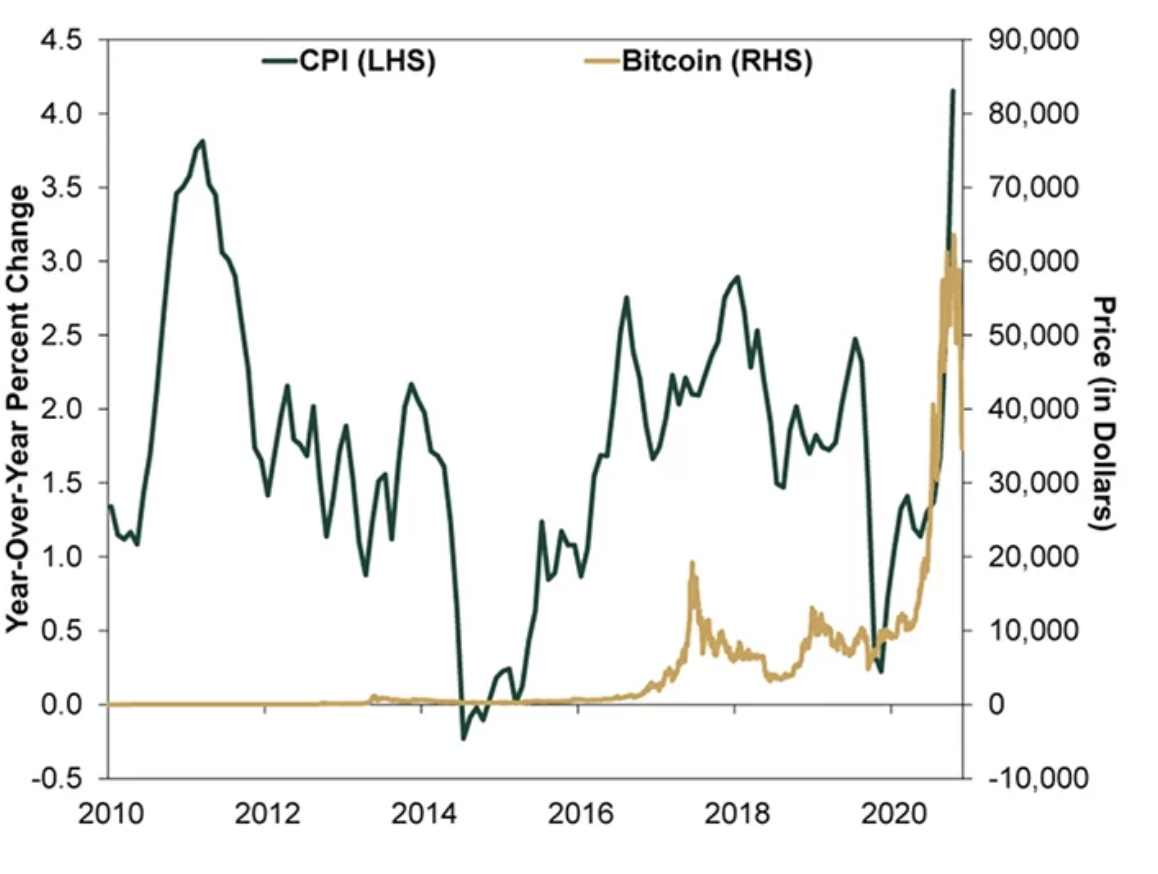 Source: Skrill
Source: Skrill
However, in practice, the correlation between the CPI and the price of Bitcoin is not always positive and direct. The digital asset market is characterized by its volatility. It is influenced by several factors, including participant sentiment, technological innovation, regulatory actions and the macroeconomic situation.
For example, a high CPI can attract investors’ attention to Bitcoin. However, if this happens against the backdrop of news about regulatory restrictions affecting the industry, the expected price increase may not occur.
US national debt
Earlier this year, the US national debt surpassed $34 billion, a new record and an alarming sign for many experts. Analysts admit that Bitcoin could become the main defensive asset as the US national debt grows.
Forbes Experts observation that growing US government debt instills uncertainty in investors about the future of the US financial system, which leads to an increase in investment in cryptocurrencies and goldthus increasing the value of these assets.
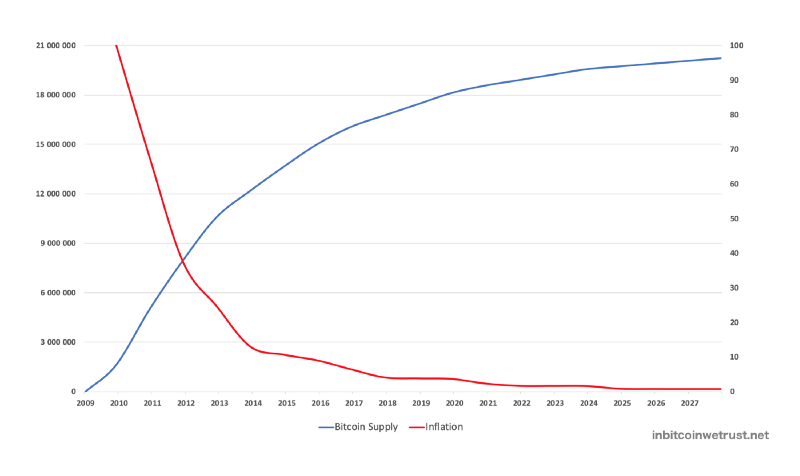 Source: In Bitcoin we trust
Source: In Bitcoin we trust
Thus, Michael Hartnett, chief strategist at Bank of America, noted that spot Bitcoin ETFs that took Wall Street by storm last month are on track for a “boom year,” in part due to the collapse of the dollar.
“Flows into new spot bitcoin ETFs have suddenly accelerated over the past two weeks, fueling wild predictions that bitcoin could “steal gold’s crown” as the world’s “primary store of value.”
Forbes
Is traditional economics important for the crypto market?
US monetary policy has long had an indirect impact on the cryptocurrency industry. This has become especially obvious since 2018 when Bitcoin went into correction. The same situation happened during the 2022-2023 bear market.
As a rule, a reduction in the Key Rate encourages investments in higher risk assets, such as Bitcoin. Thus, an economic recession and then a rise in rates, on the contrary, encourage market participants to switch to more traditional and safer instruments.
Markets
Crypto Markets Rebound as Spot Bitcoin ETFs Attract Massive Inflows
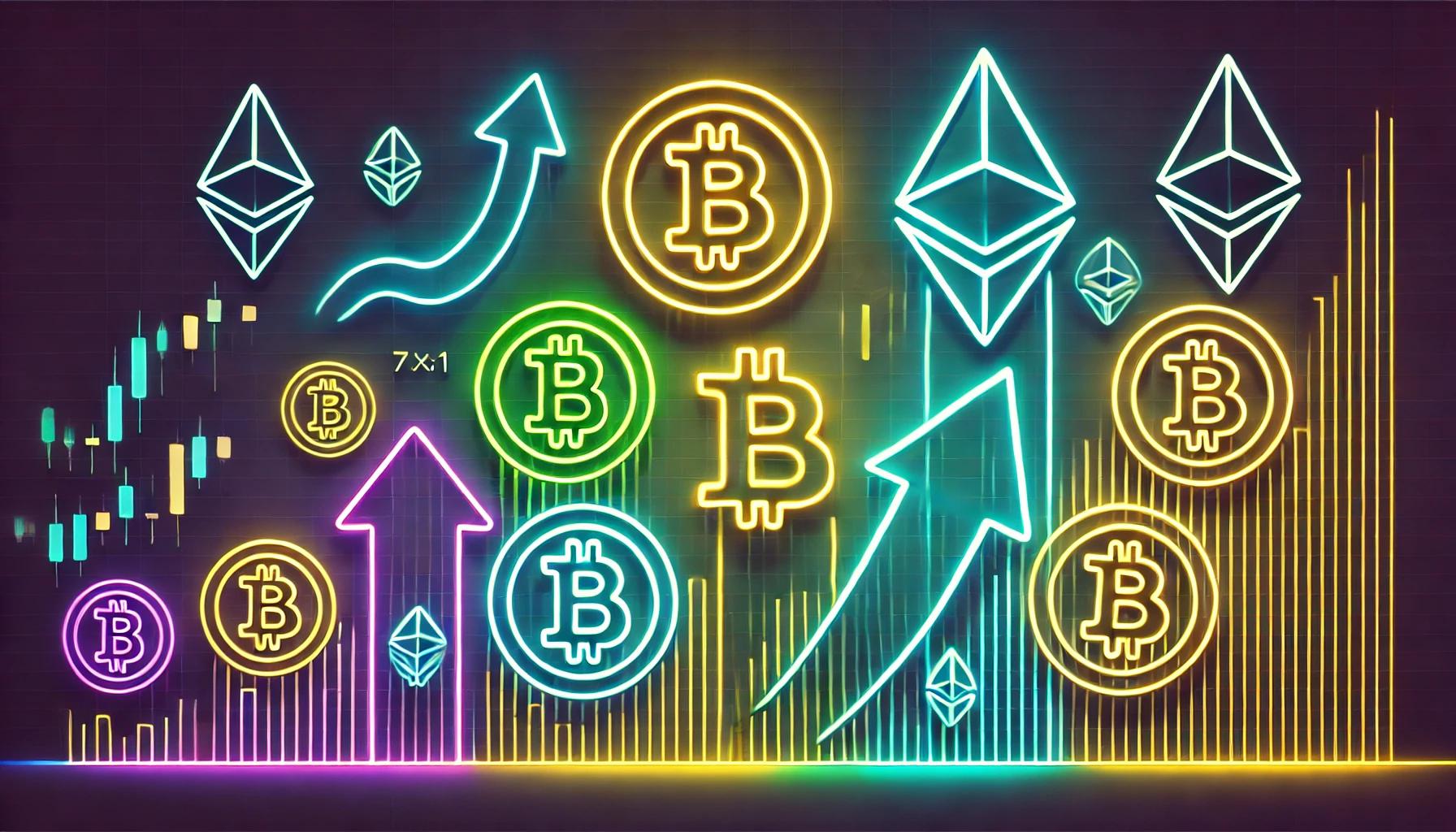
This week saw $722 million worth of Bitcoin spot ETF inflows, including the largest daily inflow in a month.
Cryptocurrency markets rallied on Wednesday, driven by inflows into spot Bitcoin exchange-traded funds (ETFs).
The price of Bitcoin (BTC) is up 3% over the past 24 hours to last change hands at $65,200, according to CoinGecko. Ethereum (ETH) is up 2% and is trading at $3,471. Solana (SUN) and Polkadot (POINT) increased by 4%.
Bitcoin spot ETFs saw $422 million in daily inflows on Tuesday, the highest in the past 30 days, according to Far side data, . The all-time record for a single day was $1.05 billion on March 12.
Among Tuesday’s top contributors, BlackRock’s IBIT led with $260 million in inflows, followed by Fidelity’s FBTC with $61 million. This week has already seen more than $722 million in inflows.
Among the top 100 cryptocurrencies by market cap, Worldcoin (WLD) led with a 28% increase, followed by Helium (HNT) with 20% and Lido DAO (LDO) with 15%.
Worldcoin, a decentralized identity project led by OpenAI CEO Sam Altman, announced is extending the lockups for early investors and team members. This means that tokens will be gradually released through 2029, instead of the original 2027 plan. Token unlocks are generally seen as a negative because they increase supply and early investors can sell their tokens for profit.
Meanwhile, XRP, the token of the XRP Ledger network, jumped 8% after the CME and CF benchmarks introduced new indices and reference rates for XRP.
U.S. stocks faced a downturn on Wednesday. The S&P 500 fell 1%, while the Nasdaq Composite and Dow Jones Industrial Average both fell 2%.
Markets
Altcoins on the cusp of a major breakout – WLD, AR, and INJ prices could surge by 20% in the coming days

Crypto markets appear to have been taken over by the bulls as major tokens have surged above their crucial resistance zone. Bitcoin surged above $65,000 while Ethereum was above $3,500, and XRP, which had remained passive for quite some time, surged over 40% in the past few days to hit $0.6. The uptrend has been captured in most altcoins, with Worldcoin (WLD), Arweave (AR), and Injective (INJ) leading the rally. Here’s what to expect for these tokens in the coming days.
Worldcoin (WLD) Price Analysis
O Worldcoin Price has been trading inside a descending wedge since it marked a new ATH near $12 in the final days of Q1 2024. The recent price action helped the price break out of the upper resistance of the wedge, breaking above the crucial resistance zone between $2.21 and $2.39. Market sentiments have changed, but technicals suggest that the bulls may remain passive for a while, which could offer some room for a bearish pullback.
The price broke out of the wedge with a significant increase in volume, but the current volume suggests that the bulls have taken a step back. Meanwhile, the RSI is about to reach the upper boundary, which could attract bearish forces. Additionally, the DMI has undergone a bullish crossover, but the decline in the ADX suggests that the rally may remain consolidated above the gains. Therefore, the WLD price is expected to maintain a horizontal consolidation between $3 and $3.3 and trigger a fresh rally to $4.4 during the next bullish rally.
Arweave (AR) Price Analysis
Arweave formed a strong base around $25, which helped the rally trigger a recovery during the bearish attack. Mt. Gox and German terror forced the price to fall below $20. However, the recent price action has brought the altcoin within the bullish range and raised expectations of maintaining a decent uptrend for a few more days.
AR price has hit one of the major resistances around $30 to $31.5, which could act as a strong base once overcome. The buying volume is slowly increasing, which could keep the bullish hopes for the rally high. Moreover, the supertrend has just flashed a buy signal, indicating a clean reversal of the trend. Therefore, AR price seems primed to maintain a healthy uptrend and rally above $40. However, if the bulls maintain a similar trend, making new highs above $50 may not be a tedious task for the bulls.
Price Analysis of Injective (INJ)
Injective price has been showing sharp strength since the beginning of the year and hence, the recent turnaround is expected to revive a good uptrend going forward. The bears engulfed the rally to a large extent, but the recent price action suggests that the bulls have regained their dominance. Therefore, INJ price is expected to maintain a strong uptrend with a bearish interference on the way down.
INJ price has surged above the lower support zone and has registered consecutive bullish candles. Although the volume is below the required levels, the OBV is maintaining a sharp uptrend. Furthermore, the Ichimoku cloud lead span B is heading towards the lead span A and a healthy crossover indicates the start of a new uptrend. However, INJ price may be out of the bears’ reach once it secures the resistance zone between $30.77 and $32.12, which seems to be on the horizon.
Markets
Ethereum at $3.5K, Exchange Supply Hits 34-Month High
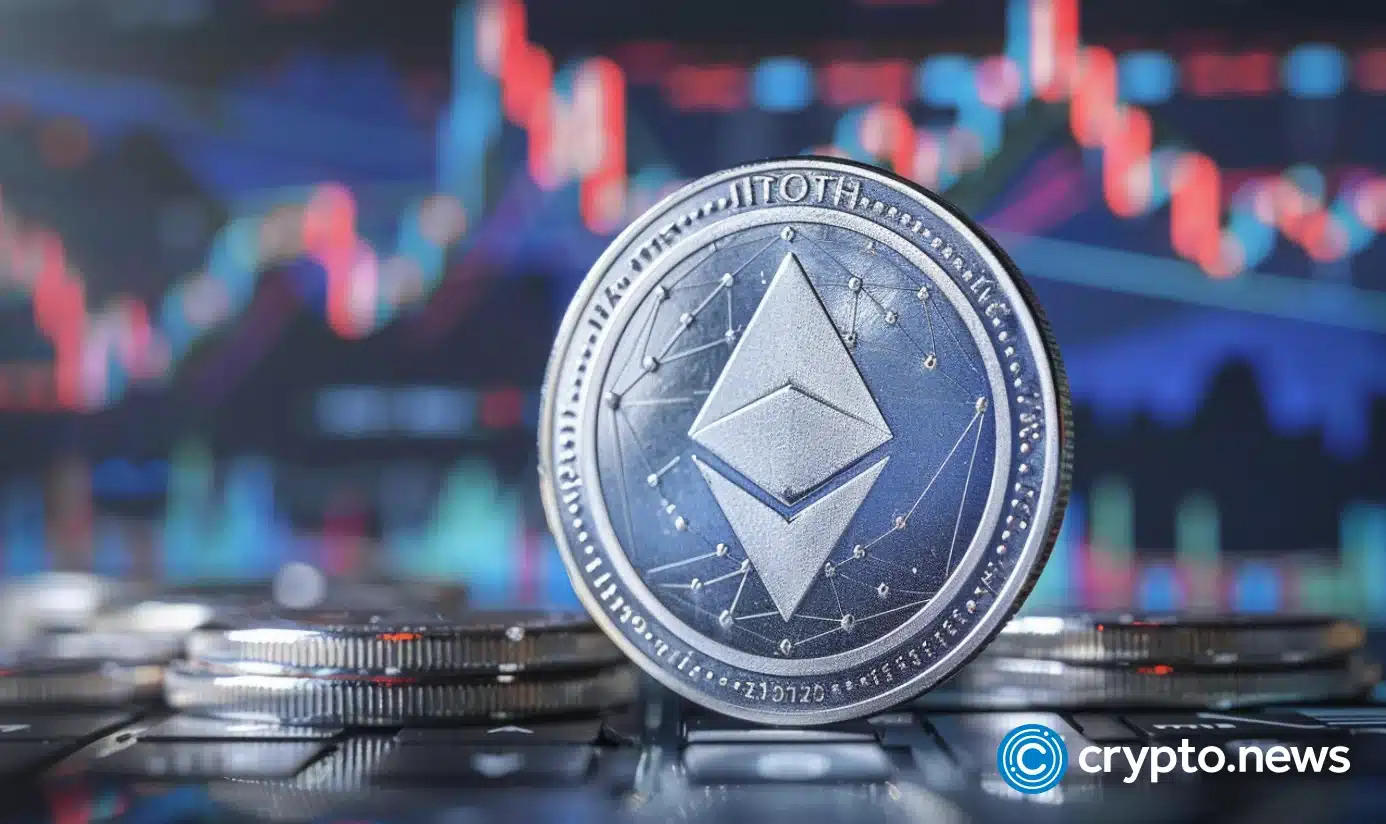
Ethereum (ETH) supply on exchanges has hit a 34-month high as the asset’s price surpassed the $3,500 mark.
ETH has risen 2.3% over the past 24 hours and is trading at $3,490 at the time of writing. The second-largest cryptocurrency — with a market cap of $419 billion — briefly touched an intraday high of $3,517 earlier today.
ETH Price, Whale Activity, RSI, and Exchange Supply – July 17 | Source: Santiment
Ethereum’s daily trading volume also increased by 7.6% to reach $19.8 billion.
According to data provided by Santiment, the supply of Ethereum on exchanges has reached $19.52 million ETH. This level was last seen in September 2021, when the asset was trading around the same price.
On the other hand, data from the market intelligence platform shows that the number of whale transactions has fallen by 12% in the last day — falling from 8,730 to 7,629 unique transactions per day.
The move shows that the supply of Ethereum on exchanges has been increasing with small deposits rather than large transactions from whales.
Additionally, the ETH Relative Strength Index (RSI) is currently hovering at the 60-mark, per Santiment. The indicator shows that Ethereum is slightly overbought at this price point, but it may not be in a critical position due to its large market cap.
One of the main drivers of Ethereum price increase is ETH spot expectations ETFs in the US Investment products are scheduled to start trading on July 23rd.
Markets
Bits + Beeps: How to Play the ‘Trump Trade’ in Cryptocurrencies After the Assassination Attempt

Also, how much will the Fed cut rates (and when)? What will be the inflows into ETH ETFs? And what is the near future for Bitcoin?
Posted on July 17, 2024 at 12:00 PM EST.
Listen to the episode at Apple Podcasts, Spotify, Capsules, Source, Podcast Addict, Pocket molds, Amazon Musicor on your favorite podcast platform.
In this episode of Bits + Bips, hosts James Seyffart, Alex Kruger and Joe McCann, joined by guest Jack Platts, dive into the market reaction to the recent assassination attempt on former President Donald Trump, analyzing how this event will influence the 2024 US presidential election and the cryptocurrency markets.
They also cover potential rate cuts: Could there be a cut in July? How big could the September rate cut be? Could the decision be influenced by the upcoming election?
They also give their predictions on what percentage of BTC ETF inflows the ETH ETFs will reach, and James talks about what he expects for Grayscale’s ETHE (hint: his outlook would be positive for ETH).
Finally, they delve into what’s next for Bitcoin as the German government runs out of BTC and Mt. Gox distributions begin. Just now?
Program Highlights:
- Whether Trump’s shooting decided the election and whether the event caused a “flight to safety”
- How election markets are becoming a place to watch election probabilities and whether cryptocurrencies “lean right”
- Whether rate cuts will occur in July or September and by how much they will cut: 25 bps or 50 bps
- How Joe sees the relationship between global liquidity cycles, rate cuts, and the potential rise of Bitcoin
- What are the new updates about Ethereum ETFs and their expected launch?
- Why Solana Hasn’t Performed Significantly Better Since Trump News
- What Market Breadth Indicates About the Current Market Rally and the Impact of Rates on Small Caps
- Everyone’s predictions on ETH ETF inflows and how much outflow we’ll see on Grayscale’s ETHE
- What’s Next for BTC After German Government Exits Bitcoin and Mt. Gox Giveaways Starting This Week
Hosts:
Guest:
- Jack PlattsCo-Founder and Managing Partner of Hypersphere Ventures
-

 DeFi12 months ago
DeFi12 months agoDeFi Technologies Appoints Andrew Forson to Board of Directors
-

 Fintech12 months ago
Fintech12 months agoUS Agencies Request Information on Bank-Fintech Dealings
-

 News1 year ago
News1 year agoBlock Investors Need More to Assess Crypto Unit’s Earnings Potential, Analysts Say — TradingView News
-

 DeFi12 months ago
DeFi12 months agoSwitchboard Revolutionizes DeFi with New Oracle Aggregator
-

 DeFi12 months ago
DeFi12 months agoIs Zypto Wallet a Reliable Choice for DeFi Users?
-
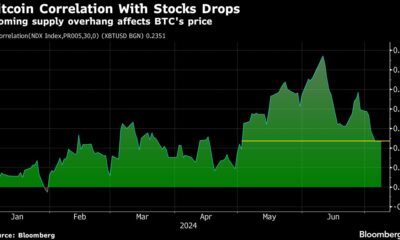
 News1 year ago
News1 year agoBitcoin and Technology Correlation Collapses Due to Excess Supply
-

 Fintech12 months ago
Fintech12 months agoWhat changes in financial regulation have impacted the development of financial technology?
-

 Fintech12 months ago
Fintech12 months agoScottish financial technology firm Aveni secures £11m to expand AI offering
-

 Fintech12 months ago
Fintech12 months agoScottish financial technology firm Aveni raises £11m to develop custom AI model for financial services
-

 News1 year ago
News1 year agoValueZone launches new tools to maximize earnings during the ongoing crypto summer
-

 Videos6 months ago
Videos6 months ago“Artificial intelligence is bringing us to a future that we may not survive” – Sco to Whitney Webb’s Waorting!
-

 DeFi1 year ago
DeFi1 year agoTON Network Surpasses $200M TVL, Boosted by Open League and DeFi Growth ⋆ ZyCrypto





